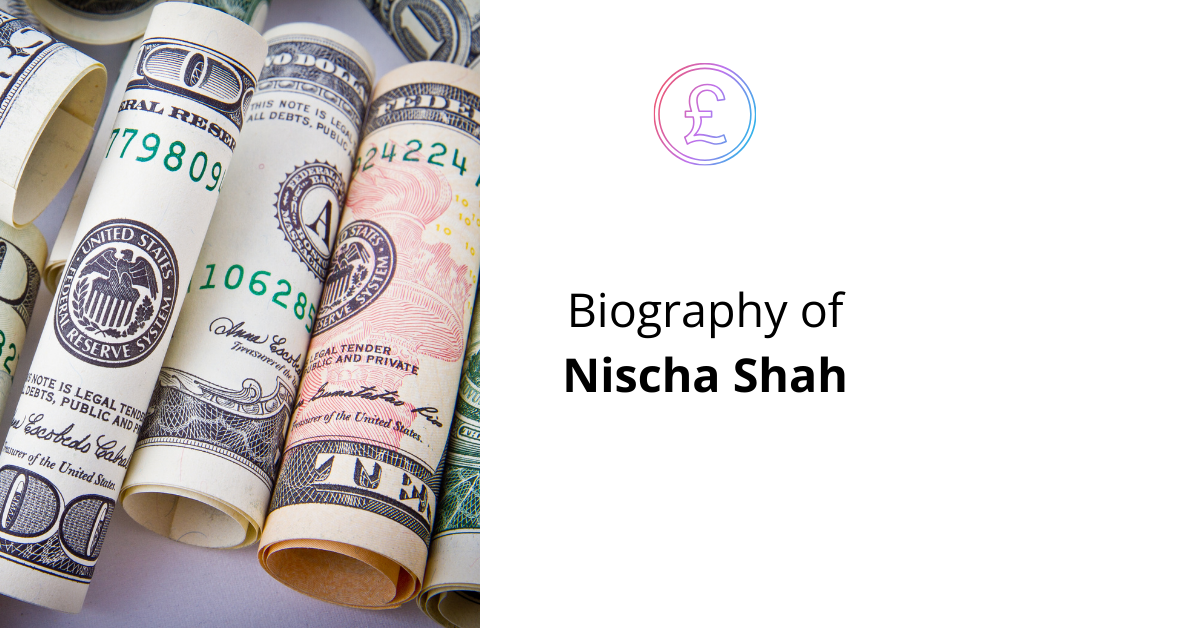Samsung was born out of a dream to save Korea and its people by creating a successful company.
After attaining independence from Japan, South Korea was one of the poorest countries in the world, so Lee dreamt of contributing something big to his country. It was the dream of a 29 year old Lee.
Samsung was founded on 1st March 1938 by Lee Byung-chul.
Initially, Samsung was a small trading company, trading in small consumer products.
Samsung was founded with just thirty dollars, currently the net worth of Samsung is over $295 billion.
Helping the nation-
Initially, Korea was importing almost all types of consumer goods, so at that time Samsung ventured into almost every manufacturing business to help its fellow citizens.
Soon, Samsung began to manufacture a wide array of consumer goods like sugar, wool, etc.
The goods were of exceptional quality and were available at very affordable prices; this resulted in the success of Samsung.
Samsung took the South Korean economy to great peaks. Now it makes over 17 per cent of South Korea’s GDP.
You might be surprised to know that Samsung initially sold noodles, dry fish, wool, grapes and groceries.
And from there Samsung grew quickly and expanded into various other fields like insurance, retail, securities, sugar refining, etc.
In the 1990s, Samsung began to gain world-wide popularity in many different industries.
Entering into electronics-
Samsung also expanded into electronics in the 1960s, it invested a huge amount of money in electronics, the money it made out of different Samsung businesses.
Initially, Samsung electronics was importing many electronic items from Japan.
Lee saw a great future in electronics, which made him purchase a major stake in Korea semiconductors.
As Lee bought the majority of the stakes, he exercised his control over the company’s decisions and the company was renamed as Samsung semiconductors, which began to manufacture almost all types of electronic components.
This decision proved to be the best decision taken by Samsung, as now Samsung is the largest chip maker on earth.
The first complete electronic product built by Samsung was a 12 inch black and white Television in 1970.
In 1983 Samsung was able to manufacture its first computer ahead of Microsoft Windows personal computers.
One of the biggest employers-
Currently Samsung employs more than 309,630 people.
Samsung employs more people compared to any other tech company, much more than Apple, Google and Microsoft combined.
Products which lacked quality-
Although Samsung was mass producing many products, it was not able to maintain quality.
So, it was losing to well-established companies like Sony, especially on the foreign land.
Around this time, Lee Byung-chul died of lung cancer and Lee Kun-hee took the charge of Samsung.
Lee Kun-hee realised that in order to be a successful company, Samsung must focus on delivering quality products.
Rise of Phoenix from the ashes-
So, in 1993, Lee Kun-hee held a three day meeting in Frankfurt, Germany where he met with around 300 Samsung executives and discussed the future of the company and the importance of maintaining quality.
And he wanted to see a major change in Samsung, so he called his employees to change everything except their wife and kids.
Burning 50 million dollars in a single day-
To highlight the lack of quality in Samsung products, he ordered the burning of the hardware products manufactured by Samsung in 1995 which was worth around 50 million dollars.
This act spotlights a very important message that from that day, lack of quality in Samsung products would not be tolerated under any circumstances.
Birth of a brand new Samsung-
After this eye-opening incident, a brand new Samsung company was born for which the main focus was to manufacture quality products.
Slowly, Samsung’s image was changing from a company which produces cheap products to a company which produces products with cutting-edge technology.
Investing heavily in R and D-
Samsung has spent and is continuing to spend huge money on Research and Development in various fields, which made Samsung a market leader in various fields.
For example, in 2014, Samsung spent a whopping 14 billion dollars on R and D.
Samsung rules the smartphone industry-
Samsung is very successful in the smartphone business because it was one of the first companies to adapt smartphones and produce phones which catered to the needs of almost all categories of people.
Back in 2010, along with a flagship model, Samsung launched fifty different models.
Each model fulfilled the needs of a specific group of people.
Samsung mobiles became popular for providing a host of useful features without compromising on quality.
Samsung has developed and is developing many interesting and novel mobile technologies like edge screen displays, new graphene batteries which can charge completely from 0 per cent to 100 per cent, in just 12 minutes.
Best marketing practices-
The marketing techniques employed by Samsung, like the captions like-the next big thing, proved very effective.
The marketing techniques highlighted the features that the Samsung mobiles offer at a great price compared to that of Apple’s iPhones.
Embracing larger displays-
Another trend set by Samsung is the smartphones with larger displays, like displays of 5.3 inch.
Back then, no manufacturer was providing smartphones with large displays, except that of Samsung with its Note line-up.
So, the consumers who preferred larger displays had only one option, that is to choose Samsung.
They soon converted into loyal customers for Samsung.
As these mobiles gained popularity, every other smartphone manufacturer followed the steps of Samsung.
Building the tallest skyscraper in the world-
Samsung also built the tallest building in the world- The Burj Khalifa in Dubai which stands at 2717 feet and consists of over 160 floors.
Also, iconic Petronas Twin Towers in Malaysia were built by Samsung.
Be ready for a surprise-
We all use Samsung products in daily lives ranging from its Television, Smartphones, computers, refrigerators, Cameras, Smart watches, Ovens etc.
But you might be surprised to know that Samsung also deals with huge numbers of businesses.
Samsung has over 80 different businesses.
These businesses are independent of each other but all of them share the same core principles of Samsung.
A wide plethora of businesses-
Some of the various businesses run by Samsung apart from Electronics include engineering, heavy industries, construction, investment, securities, trading, military, finance, automation, surveillance, weapons technology, life insurance, petrochemicals, hotels, resorts, marketing, economic research institutes, medical centre, cars, jet engines, ships, theme park, fashion, robotics, drones, virtual reality, etc.
Samsung has even manufactured a military tank by name K9, it also builds massive ships.
Samsung also built its own city by name Samsung Digital City.
The market leader-
Samsung is the world’s largest producer of memory chips.
Even iPhones use the chips manufactured by Samsung.
Samsung is the world’s largest mobile phone and television manufacturer.
Samsung is the major producer of AMOLED screens (almost 98 per cent of AMOLED screens in the world are manufactured by Samsung).
The real meaning of Samsung-
In Korean, the word Samsung refers to three stars, each one of which stands for being big, powerful and legion.
Another meaning for Samsung is that in Korean Sam refers to number three, a popular digit among Koreans, symbolising something grand and powerful and Sung refers to a star which shines brightly.
So, Samsung refers to a big shining star.
Understanding Samsung logo-
In the Samsung logo, there are openings on the S and G alphabets, which indicate the open-mindedness and its quest for new knowledge.
Its own clothing brand-
In 1995, Samsung spent over 2 million dollars on FUBU, its clothing brand. Since its inception, FUBU has made six billion dollars.
Currently, Samsung is one of the most versatile companies in the world.
Charity-
Samsung also donates one hundred million dollars every year to non-profit medical centres which is contributed to hospitals, medical research centres, etc.
Feedback from readers is highly appreciated; it helps me to deliver better results to you.
Featured image credit- Wikimedia Commons



0 Comments